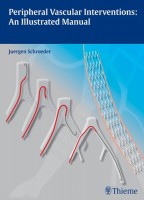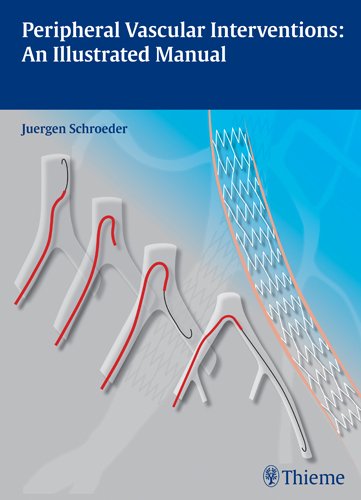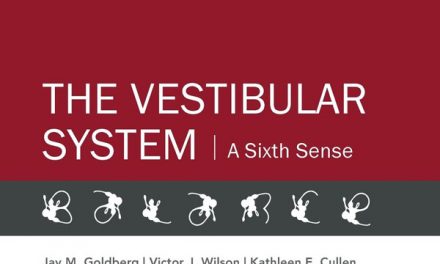 Author: Juergen Schroeder, MD
Author: Juergen Schroeder, MD
Publisher: Thieme 230 pages, 573 illustrations
Book Review by: Nano Khilnani
Dr. Schroeder writes that vascular interventions evolved from the technique of angiography. He points out that as recently as twenty years ago, every beginner in diagnostic angiography had the opportunity to work with guide wire and catheters.
But today, many types of diagnoses of the blood vessel system in our bodies do not require catheterization but can be done with any chemical solution called a contrast. However, guidance is required by the beginner in angiography to learn techniques that an experienced practitioner needs to provide.
But Dr. Schroeder explains that “shrinking budgets” for medical staff make it difficult to hire those with experience to guide and teach beginners. So that is where the need for this book arose.
He assures us that in it, he has “combined concise texts with numerous schematic diagrams in an attempt to illustrate what one needs, to perform vascular interventions successfully.”
This book does not include coverage on interventions relating to the heart, including carotid artery stents and other high-risk procedures involving endovascular aortic prostheses. But these are the topics and parts of the vascular system it does cover:
- General
- Material
- Methods
- Abdomen
- Lower Extremities
- Upper Extremities
- Other Endovascular Interventions
- Complications
- Recurrent Stenosis
- Documentation and Postprocessing
In this book, you’ll be able to see surgical tools (and their varying types, in some cases) such as:
- Adapters
- Cannulas
- Catheters (some types: balloon catheter, cobra catheter, Cook catheter, crossover catheter, Hepatica catheter, monorail catheter, over-the-wire catheter, pigtail catheter, Sos Omni catheter, tennis racquet catheter)
- Dilators
- Fluoroscopes
- Glide wire (e.g. amplatz wire, Bentson wire, J wire, nitinol wire, and spring wire )
- Inflators (e.g. LeVeen)
- Introducers
- Prostheses
- Sheaths
- Snares
- Stents (e.g. balloon expandable, carotid, covered, Palmaz, self-expanding, and Supera)
- Syringes
- Wires (e.g. amplatz wire, Bentson wire, glide wire, J wire, nitinol wire, and spring wire )
Among the benefits you will derive from this book are:
- Coverage of the physiologic, anatomic, and technical fundamentals of procedures undertaken in the abdomen and lower, upper extremities
- Detailed information on materials (e.g. angiographic and balloon catheters, cannulas, guidewires, sheaths, stents) and methods (angiography, antegrade and retrograde catheterization of the femoral artery, crossover catheterization, local thrombolysis, stent placement, venous access, and much more)
- Descriptions and didactic visual examples to perform interventions confidently and successfully
- Focus on procedures chosen for their clinical relevance and frequency of occurrence in everyday practice
- More than 570 instructive, full labeled schematic drawings showing the sequence of steps in common peripheral vascular interventions, excluding the vessels of the heart
- Reference source ideal for fellows, practitioners, and residents in angiology, radiology and interventional radiology, and vascular surgery
- Sharing of the author’s wealth of clinical experience in complications, hazards to avoid, risks, time-saving tips, tricks, and warning signs
Dr. Schroeder shares his wealth with us in this book: his unique combination of knowledge, skills, and techniques on vascular interventions, in text and visual form, in this highly valuable book.
Juergen Schroeder, MD is an Associate Professor in the Department of Diagnostic and Interventional Radiology at Deaconess Medical Center in Flensburg, Germany.







